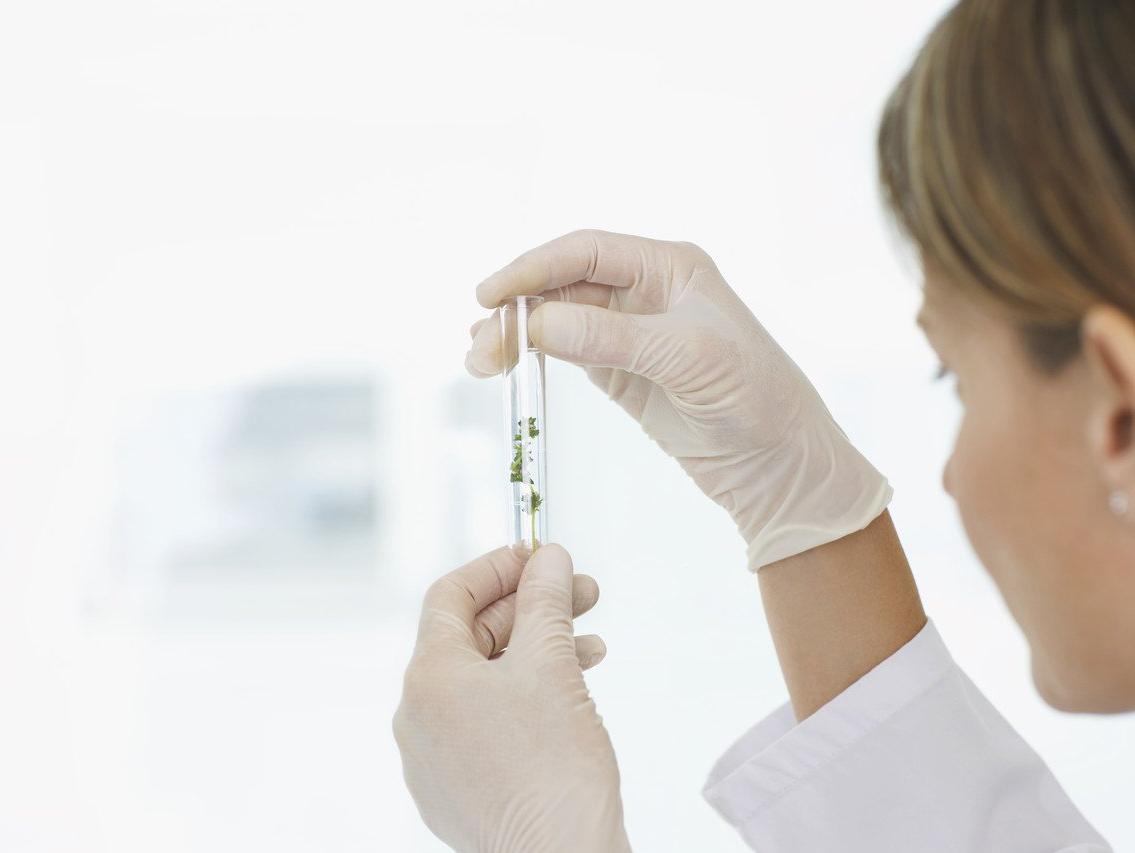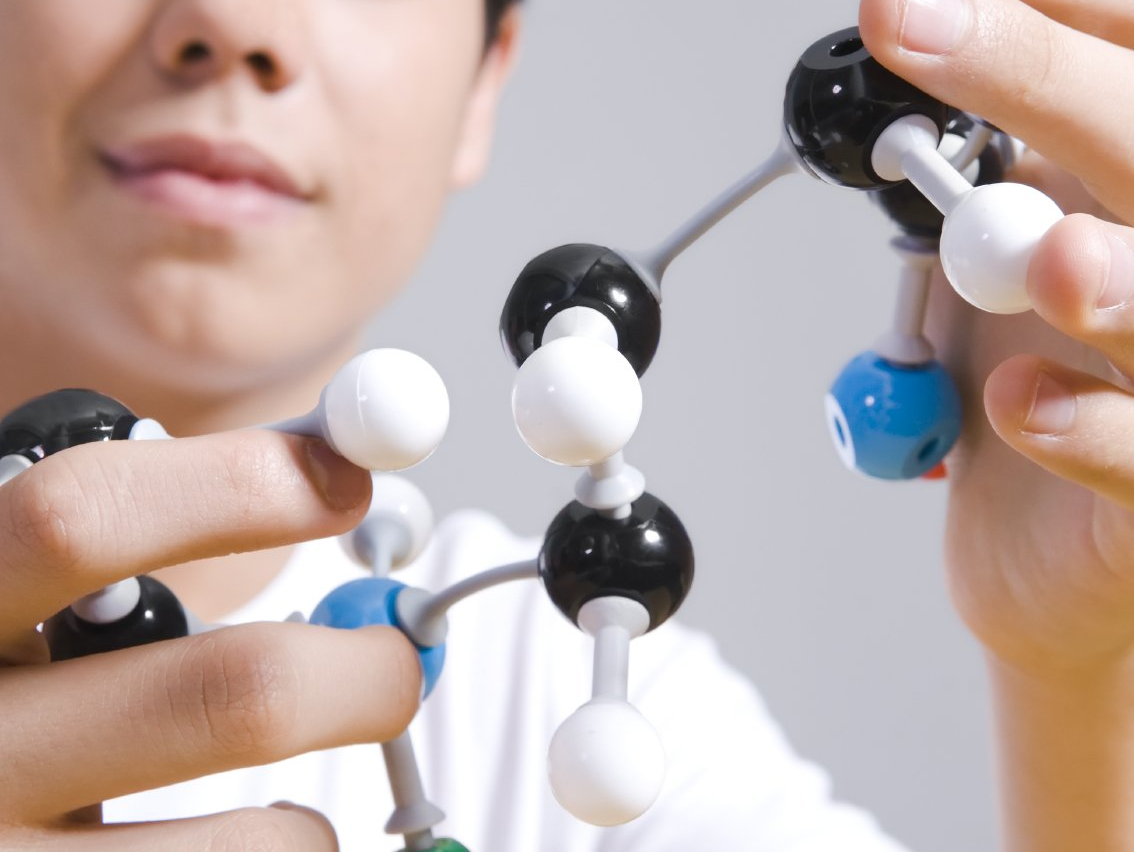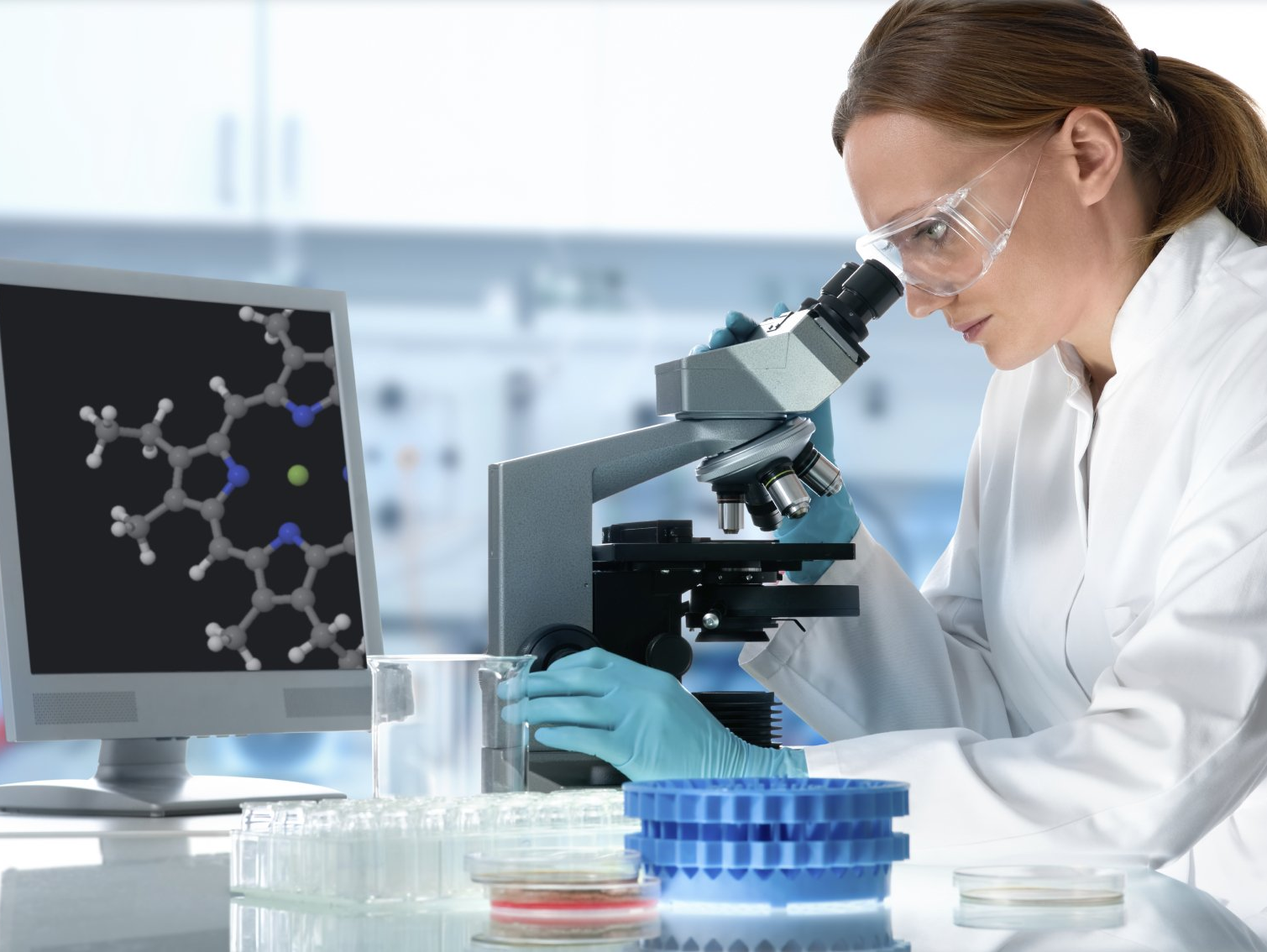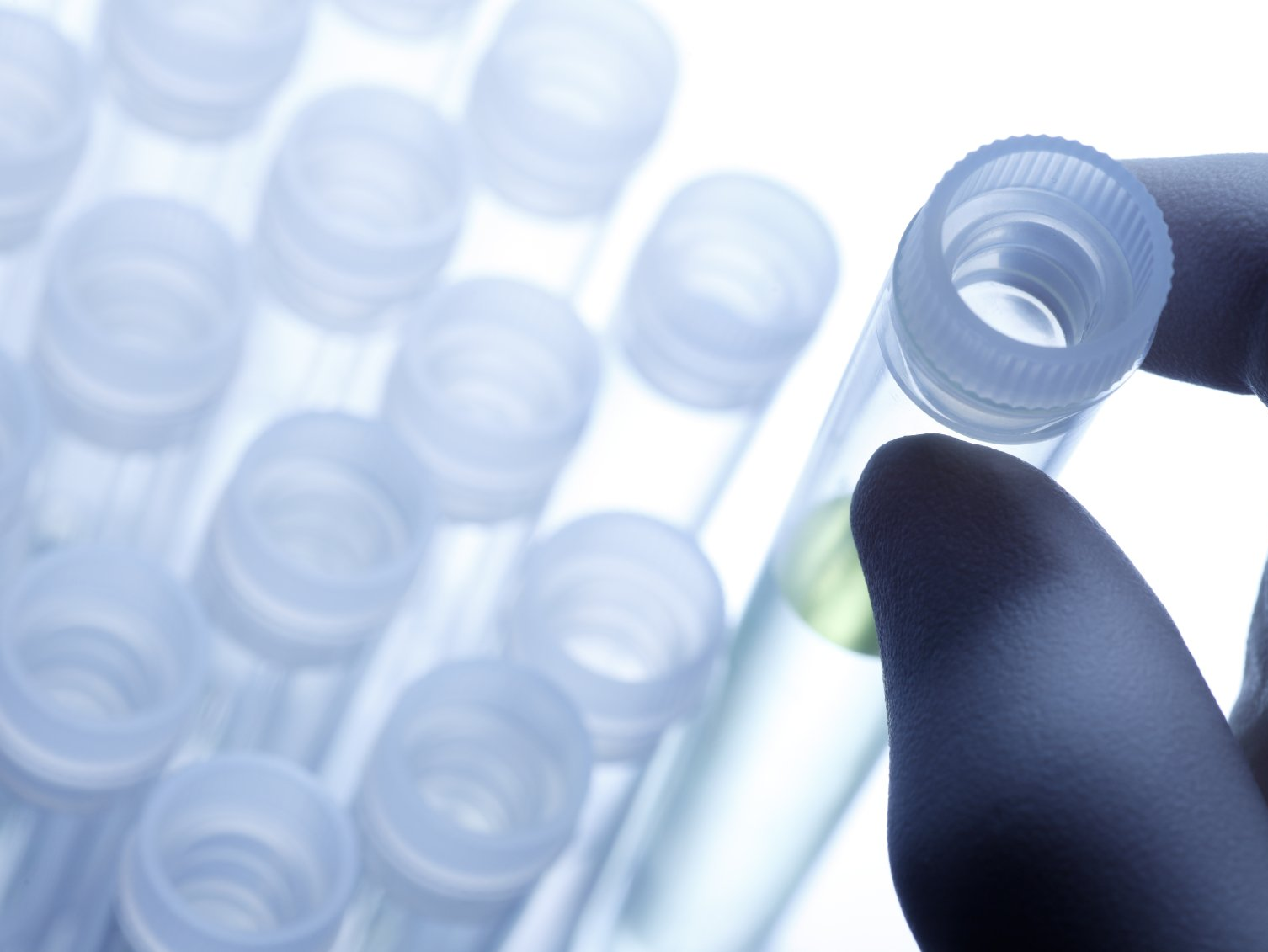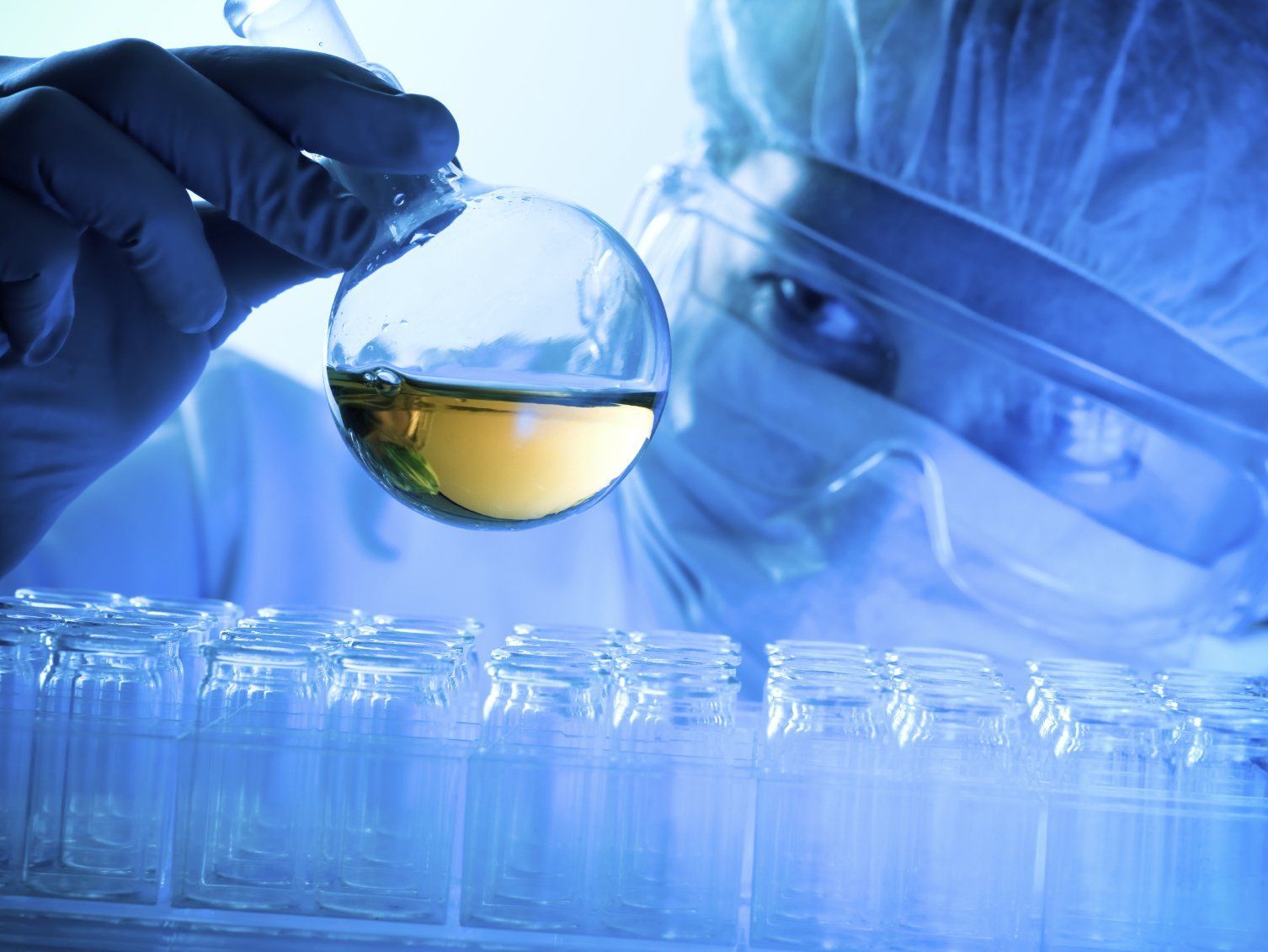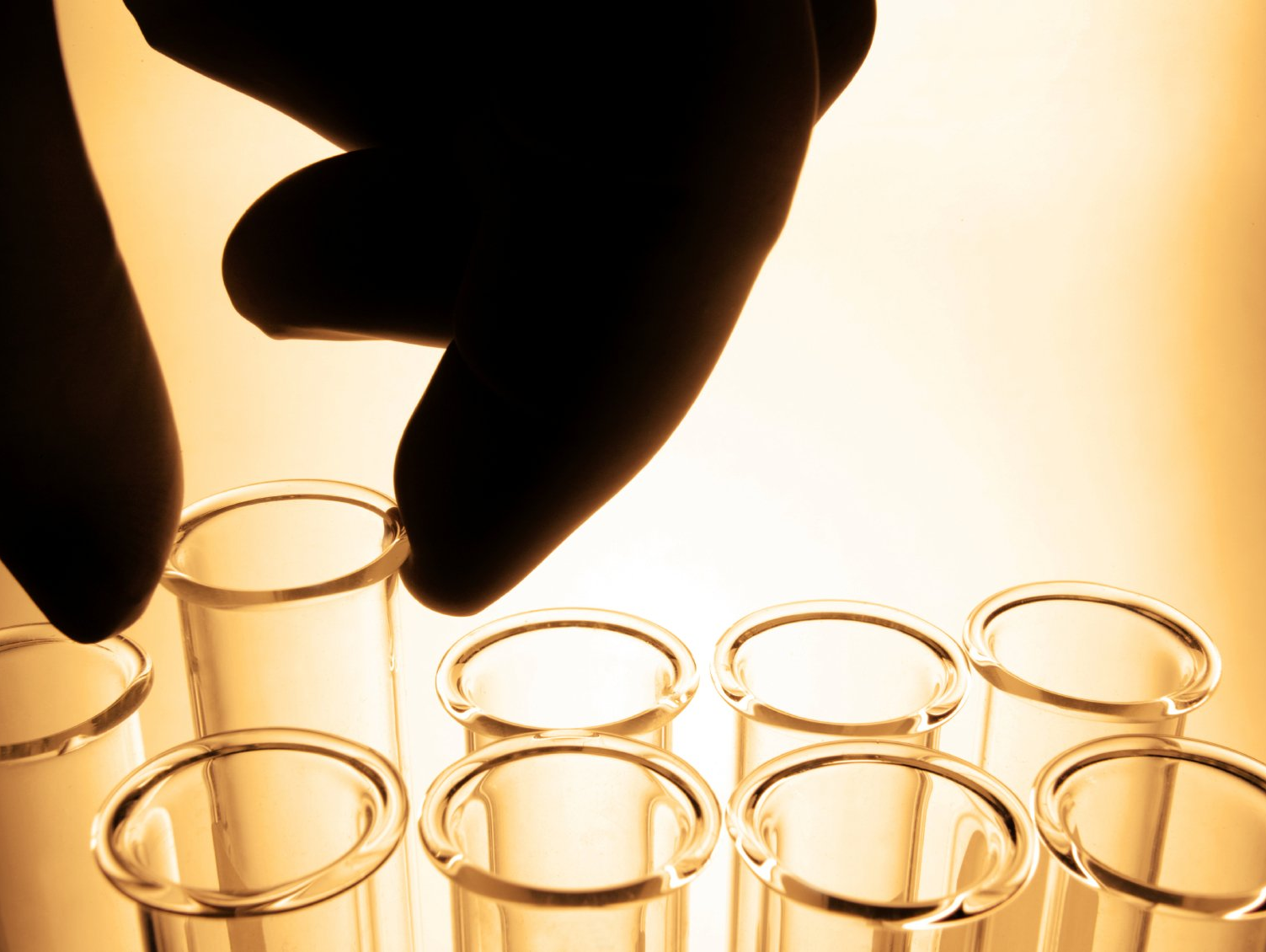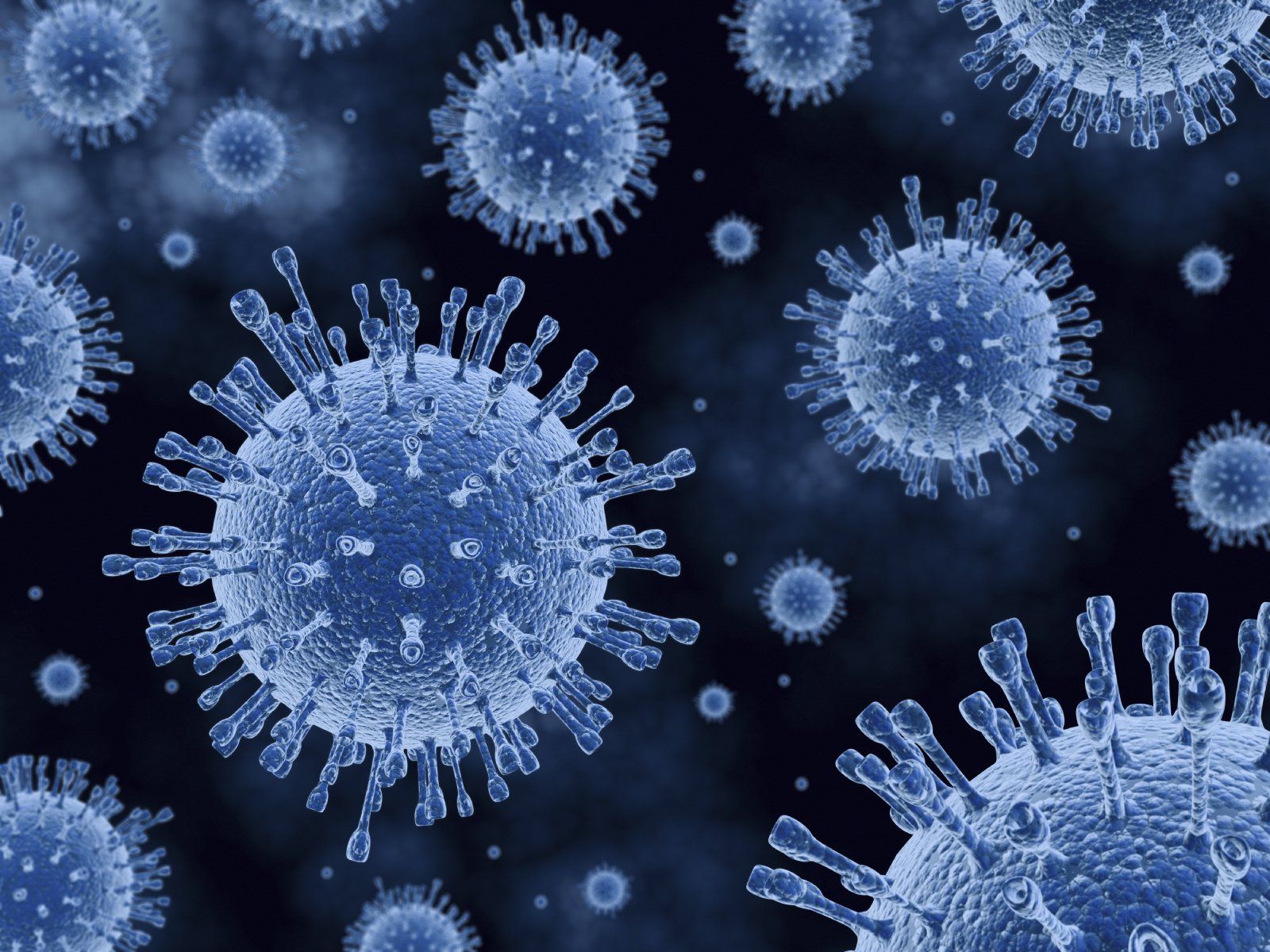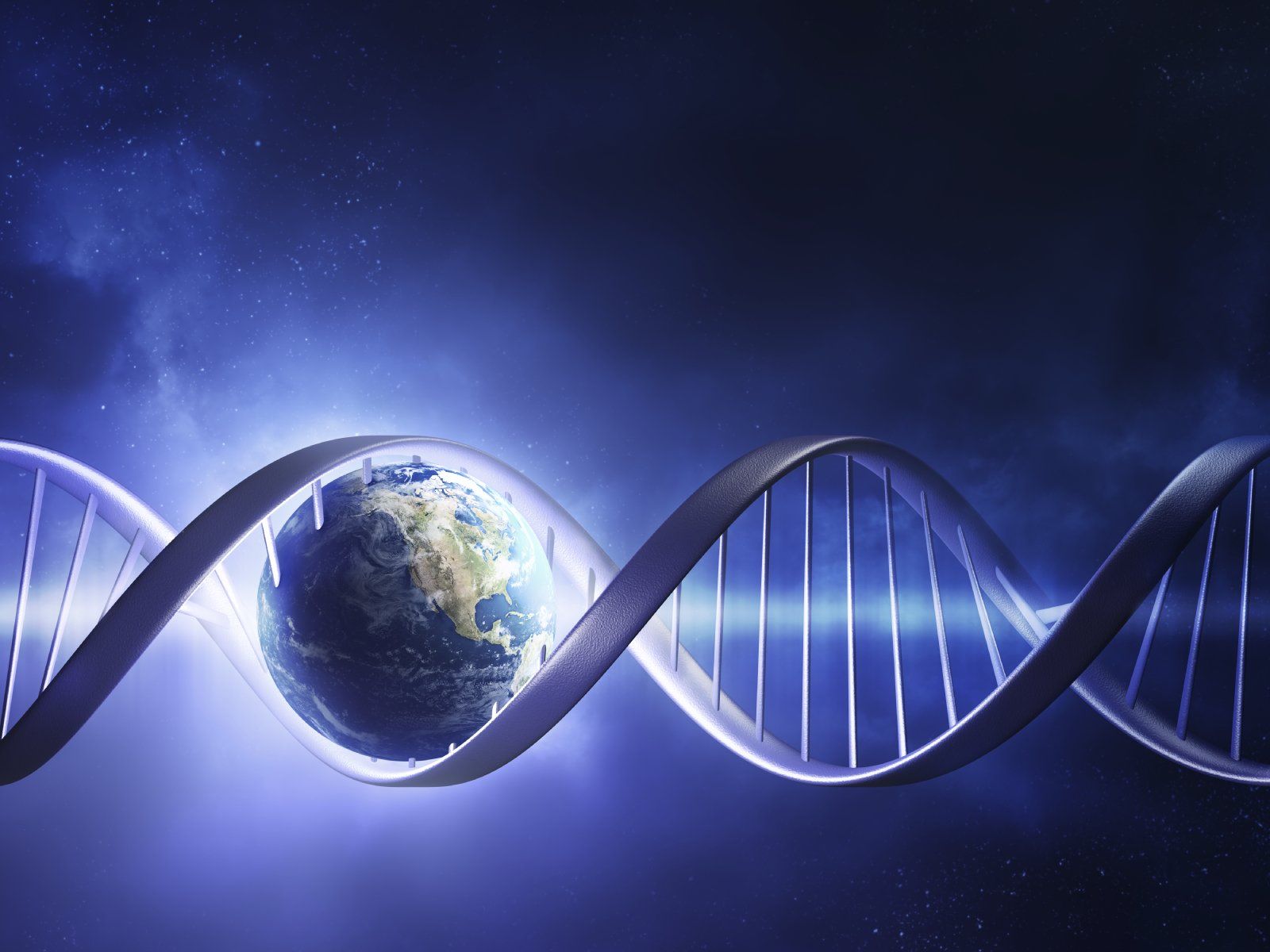Standards &
Applications
Impurities
in waterWhy is it necessary to purify tap water?
Water has the ability to dissolve almost every chemical compound, as well as support nearly every lifeform.
Usually all laboratory water is initially sourced from a potable water supply. However, this water can contain many substances either in solution or in suspension which can impact and distort scientific data. These contaminants may have a negatively impact on your scientific applications. Natural and drinking water contain a huge number of impurities.
When it comes to your water purification system, it is important to know both your application and your feedwater. These information help to configirate the system and leads to a more effective and economic running. Make sure that you know before you start looking to buy your next water purification system.
Water Quality
Standards
In the follwing section we show a selection of the main laboratory standards.
Our experts looking forward to assist if you need further and detailed information.
American Society for Testing and Materials (ASTM)The ASTM D1193-06 (2011) deals with the requirements for chemical analyses and physical tests.
| Type | Conductivity at 25°C (max.) | Resistance at 25°C (min.) | pH at 25°C | TOC (max.) | Sodium (max.) | Chloride (max.) | Silica (max.) |
|---|---|---|---|---|---|---|---|
| 1 | 0.056 µS/cm | 18.0 MΩ•cm | - | 50 µg/l | 1 µg/l | 1 µg/l | 3 µg/l |
| 2 | 1.000 µS/cm | 1.0 MΩ•cm | - | 50 µg/l | 5 µg/l | 5 µg/l | 3 µg/l |
| 3 | 0.250 µS/cm | 4.0 MΩ•cm | - | 200 µg/l | 10 µg/l | 10 µg/l | 500 µg/l |
| 4 | 5.000 µS/cm | 0.2 MΩ•cm | 5.0 - 8.0 | - | 50 µg/l | 50 µg/l | - |
* Depending on the application the limit values may differ
International Organization for Standardization (ISO)ISO 3696:1987 distinguishes between three degrees of purity for water for analytical purposes in laboratories.
| Grade | pH at 25°C | Conductivity at 25°C (max.) | Oxidizable matter, oxygen content (max.) | Absorption at 254 nm and a length of 1 cm (max.) | Residue after evaporation by heating to 110°C (max.) | SIlicon content (max.) |
|---|---|---|---|---|---|---|
| 1 | - | 0.1 µS/cm | - | 0.001 absorption units | - | 0.01 mg/l |
| 2 | - | 1.0 µS/cm | 0.08 mg/l | 0.01 absorption units | 1 mg/kg | 0.02 mg/l |
| 3 | 5.0 - 7.0 | 5.0 µS/cm | 0.40 mg/l | - | 2 mg/kg | - |
Laboratory
Applications
We provide water purification solutions for a variety of laboratory applications.
The following list helps to find he right water purification system for your application.
As For detailed information please do not hesitate to come back to us.



